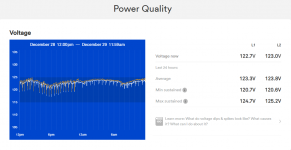Neutral and ground go to the same place in your panel. Having the ground wire is just a double redundancy for safety when a tool isn’t double insulated.six-point socket II said:Please take this as a thought - nothing more.
What I was wondering about is the fact that the TKS 80 absolutely needs to be grounded for the safety feature to work. (Unlike all the Class II machinery Festool and its competitors make)
So what I was thinking earlier (but threw the thought out, because ultimately SawStop is from the US and works in the US), might there be a liability issue that, depending on circuit/panel used, there would be no grounding, thus the safety feature wouldn't work? Or if it was hooked up to a panel/circuit that was not done to code/ by a professional.
(Remember: Festool explicitly says that the TKS 80 can't be used with the new SYS-Powerstation because there is no classic grounding.)
Anyone know how this handled with the actual SawStop saws?
Kind regards,
Oliver
Lots of modern 240v appliances in the US either require, or have an option to wire them for ground as well, but this does not effect the saw stop system. The blade is just hooked up to a computer that senses the change in connection to ground of the blade (resistance I would assume) when it is touched by something of a certain level of conductivity to ground. This is independent of the saws electronics and their connection to ground through the wiring.

